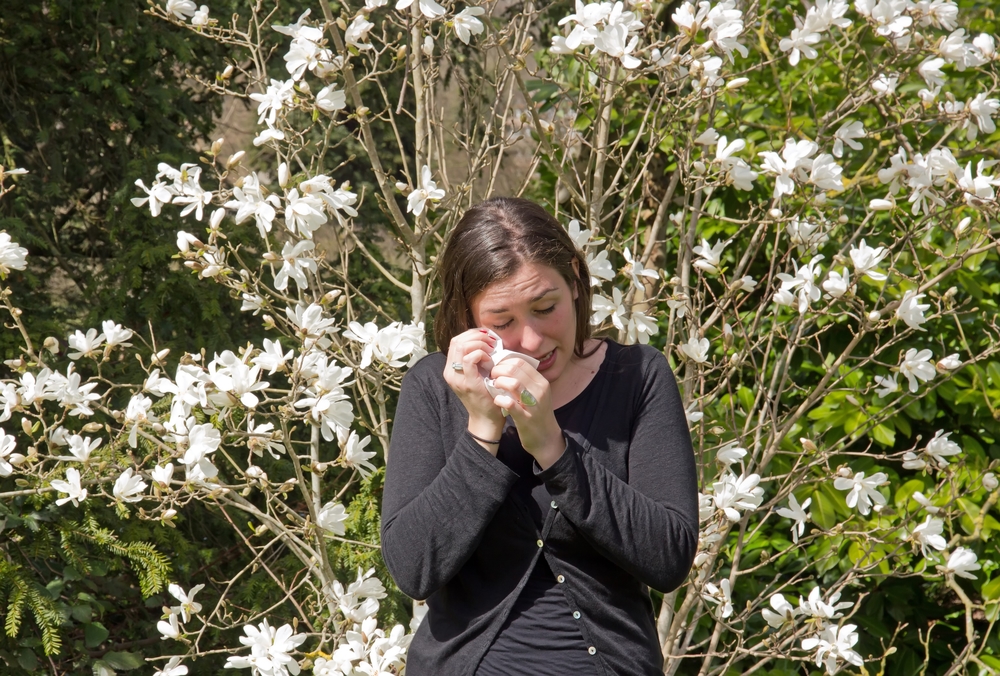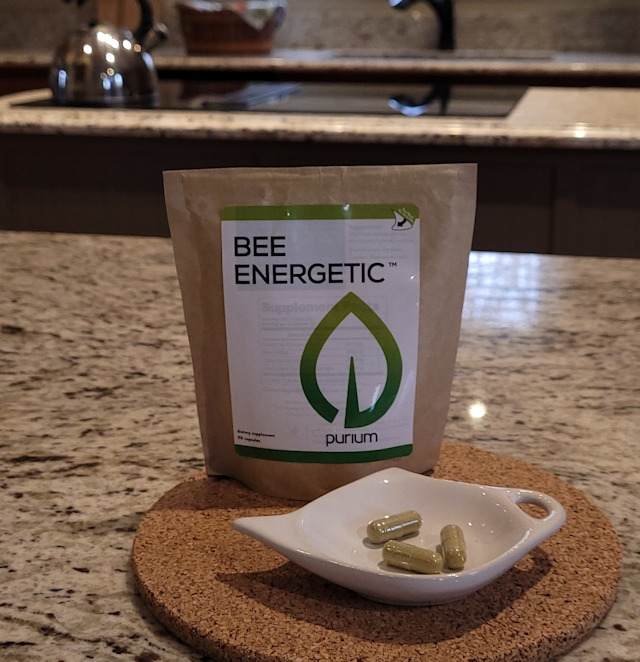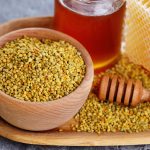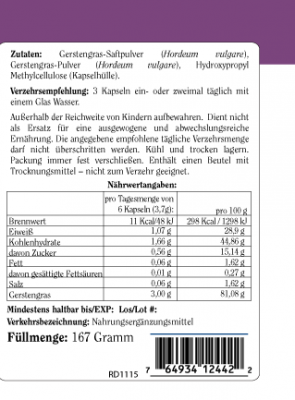Grass pollen allergy, or sometimes known as hay fever, is an allergy to the pollen that is released off of grass. There are many different types of grasses. Some types are Timothy, Kentucky Blue, Johnson, Rye, Fescue, Bahia, Bermuda, Centipede, St. Augustine, or Zoysia. With over hundreds of different grasses if you are allergic to one, you may not be allergic to them all.
Grass grows in the spring. When grass starts to grow it starts to release pollen. The worst months for grass pollen allergies are late spring and early summer. Most of the time from April till June.
Grass releases pollen from the flowers that are usually on the top of the grass when it grows really long. Keeping grass short can help stop it from releasing pollen. There are some types of grass, like Bermuda, that produce pollen no matter how short it is cut.
Grass pollen allergies can be from breathing in the pollen or from coming into contact with it. Respiratory allergy symptoms are more common than skin rashes. An allergic reaction occurs when your immune system reacts abnormally to a foreign substance. In a grass pollen allergy your immune system overreacts to the grass pollen causing a number of different symptoms.
Symptoms Of Grass Pollen Allergy
Symptoms of a grass pollen allergy are similar to symptoms of other allergies. Sneezing, runny nose, itchy nose, congestion, red eyes, watery eyes, itchy eyes, puffy eyes, hives, welts, cough, chest tightness, wheezing, shortness of breath, headache and fatigue.
A less common symptom is a raised rash that is red, bumpy, and itchy.
Risk Factors
Grass pollen allergies are worse on days where it is dry and windy. The time of day can also cause the pollen count to be high. Pollen count is highest in the morning, and early afternoon. An unmowed lawn can also cause grass pollen allergies to be worse.
Between 5-8% of people with a grass pollen allergy also have oral allergy syndrome. This is when they are also allergic or sensitive to foods that have similar proteins to the proteins that are in pollen.
Symptoms of oral allergy syndrome are itching or swelling of the face, lips, tongue, mouth, throat, or ears. Foods that tend to cause this are celery, melon, oranges, tomatoes, and kiwi. If you notice when you eat these foods that your mouth or throat feels itchy afterwards, it is most likely due to a sensitivity or minor allergic reaction.
Diagnosing Grass Pollen Allergy
The best way to get diagnosed with a grass pollen allergy is to be tested. An allergy test can be done by an allergist. Either from a skin prick test, or from a blood test. It can help determine what type of grass or grasses you are allergic to.
Once diagnosed your allergist will then suggest treatment options for you.
Grass Allergy Respiratory Treatment Options
Usually when you are allergic to something, the best form of treatment is to avoid the allergen. With grass pollen it is hard to avoid it completely. Grass is everywhere, and with the pollen being able to be pushed around in the wind, even if you don’t have grass in your yard, your neighbor next door may.
One option for treatment is to pre-medicate. This is making sure you take an antihistamine before you walk out the door. Antihistamines can be over the counter or prescribed depending on the strength that you need.
Eye drops or nasal sprays can also be helpful during peak allergy season to help alleviate eye and nasal symptoms.
When it can be helped limit your time outside during the months of April through June.
When it is windy outside make sure you keep your windows and doors shut. Pollen can be blown into your house when the windows are open.
After being outside, shower and change your clothes. Clothing can hold onto pollen. If you come in contact with grass on your hands, wash your hands immediately.
Keep your lawn cut short. If you are allergic to the grass pollen, have someone else mow your lawn for you if possible. If this is not possible make sure you wear an allergy mask while you mow to lower the amount of pollen you are inhaling.
Monitor pollen counts daily.
Do not hang your laundry outside to dry. This can also lead to you coming into contact with pollen.
Grass Allergy Rash Treatment
Grass rashes are less common, but can still occur when you come in contact with grass. To treat a grass rash you want to make sure you first wash the area with soap and warm water. Make sure that the cleanser is mild. After washing the area you can apply a cold compress.
Take an antihistamine, such as Benadryl. You can use a corticosteroid such as hydrocortisone to help with the itching and the swelling. Ointments like calamine lotion may also be beneficial.
Minimize contact with grass best you can, when you suffer from grass pollen rashes. Try not to sit directly in the grass, sit on a blanket if you have to. Wear long pants and long sleeves when outside.
Wash hands after being outside.
If you touch the grass with your hands, try not to touch the rest of your body so that you don’t spread the rash around. Shower and change clothing after being outside.
Takeaway
Grass pollen allergy is very common. Respiratory symptoms are more common than skin rashes, though both can occur. If you suffer from a grass pollen allergy you may also have oral allergy syndrome which can cause symptoms after eating certain other foods.
Allergies are bodily reactions to allergens/antigens. Think of it as your immune system’s hypersensitivity to some things. It sees a threat and it reacts–even when that “threat” is just pollen or dust.
However, we can prepare our bodies for allergy season by supporting our immune systems.
Purium’s Allergy Reduction Pack can help!
Allergies to grass are common. Learn some helpful tips for dealing with grass allergies! #HealthSurgeon
READ MORE: Poison Ivy Allergy
Sources:
https://allergyasthmanetwork.org/allergies/pollen-allergy/allergy-to-grass/#:~:text=Sneezing%2C%20and%20runny%2C%20stuffy%2C,is%20triggered%20by%20grass%20allergy
https://www.webmd.com/allergies/grass-pollen-allergy
https://www.healthline.com/health/allergies/grass-pollen-allergy-symptoms#bronchitis
https://www.healthline.com/health/grass-rash#the-takeaway









